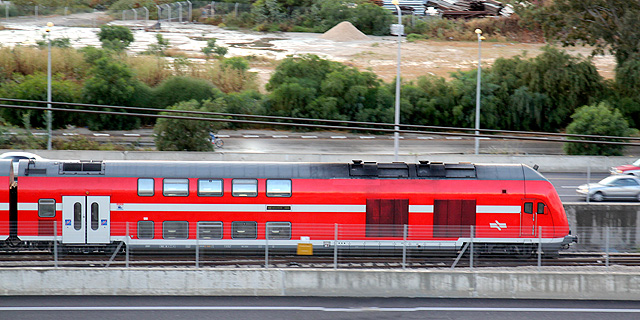Introduction
In the fast-growing world of cryptocurrencies, mining plays a fundamental role. It’s a complex process, but understanding its workings is crucial for any crypto enthusiast.
Understanding Cryptocurrency Mining
Cryptocurrency mining is the process by which new cryptocurrency coins are created and transactions are verified and added to the blockchain. It’s not just a way of earning cryptocurrencies, but it’s also vital for maintaining the decentralization, security, and smooth operation of the blockchain network.
How Cryptocurrency Mining Works
Mining involves solving complex mathematical puzzles through computational power. This process verifies the legitimacy of transactions and adds them to the blockchain, a public ledger. Key concepts include:
- Proof of Work: This is the mechanism that requires miners to solve those mathematical puzzles to validate transactions and create new blocks.
- Mining Difficulty: This refers to how hard it is to solve the computational problem to add a new block to the blockchain. The difficulty adjusts based on the total computational power of the network.
- Hash Rate: This measures the performance of mining hardware. It’s the speed at which a miner can complete an operation in the blockchain code.
- Block Rewards: This is the reward a miner gets for successfully adding a block to the blockchain. It’s usually a set amount of cryptocurrency.
Mining is a fundamental aspect of cryptocurrencies, and it requires a combination of the right hardware, software, and strategies to be successful.
Mining Equipment
Mining cryptocurrency is a process that requires significant computational resources. As such, it demands specialized hardware and software to carry out the task effectively.
- Hardware: The two most common types of hardware used for mining are ASICs (Application-Specific Integrated Circuits) and GPUs (Graphics Processing Units). ASICs are custom-built for mining specific cryptocurrencies and are generally more efficient, but they’re also pricier and less versatile than GPUs.
- Software: Mining software is what connects your hardware to the blockchain network and allows it to solve complex puzzles. The choice of software often depends on the hardware you’re using, the cryptocurrency you wish to mine, and your operating system.
Popular Cryptocurrencies for Mining
Different cryptocurrencies offer different rewards and challenges for miners. Here’s a look at some popular choices:
- Bitcoin (BTC): The original cryptocurrency, Bitcoin is the most recognized and most valuable. It also has the most competitive mining environment.
- Ethereum (ETH): Ethereum is another good option for miners, especially with its move from a Proof-of-Work to a Proof-of-Stake consensus mechanism in the works, which will change how new Ethereum tokens are created.
Setting Up a Mining Rig
Setting up your mining rig involves several steps:
- Choose your hardware: Decide between an ASIC or a GPU. ASICs are more efficient but are also more expensive.
- Choose your software: Based on your hardware and the coin you wish to mine, choose a compatible mining software.
- Set up a wallet: You’ll need a digital wallet where your mined cryptocurrencies will be sent.
- Join a mining pool: Mining on your own can be challenging. Joining a mining pool, where you combine your computational resources with other miners, can increase your chances of receiving rewards.
- Start mining: Run your mining software, and it will begin solving complex problems on the network to validate transactions.
Setting up and maintaining a mining rig requires technical knowledge and a readiness to invest time and resources. But with the right setup and approach, cryptocurrency mining can be a profitable endeavor.
Risks and Challenges in Cryptocurrency Mining
While the prospect of mining cryptocurrency can be enticing, it’s essential to be aware of the potential risks and challenges involved:
- High Energy Consumption: Mining cryptocurrencies, especially Bitcoin, consumes significant amounts of energy. This high energy use can lead to substantial electricity bills.
- Hardware Costs: The upfront cost of purchasing high-performing ASICs or GPUs can be quite high. Additionally, hardware can become outdated quickly as technology advances, requiring regular upgrades.
- Market Volatility: The value of cryptocurrencies can fluctuate wildly. This volatility means that the coins you mine could drastically drop in value, potentially making mining unprofitable.
Strategies for managing these challenges include conducting thorough research to understand potential costs and returns, investing in energy-efficient hardware, joining mining pools to increase chances of earning rewards, and closely monitoring market trends.
Conclusion
Cryptocurrency mining plays a vital role in maintaining and securing the blockchain network. It involves complex processes and requires significant investment in terms of time, resources, and energy. However, with a clear understanding of how it works and a well-thought-out strategy, mining can be a profitable venture.
Remember, knowledge is power in the world of cryptocurrency. The more you understand the intricacies of mining, the better equipped you will be to navigate its challenges and make the most of its opportunities. Happy mining!



















